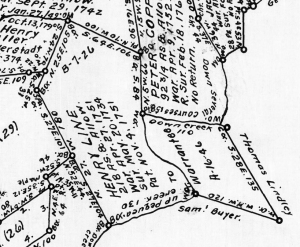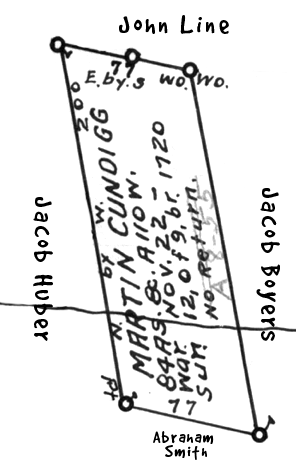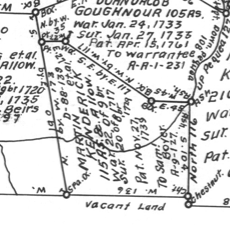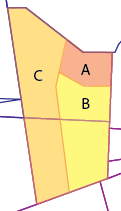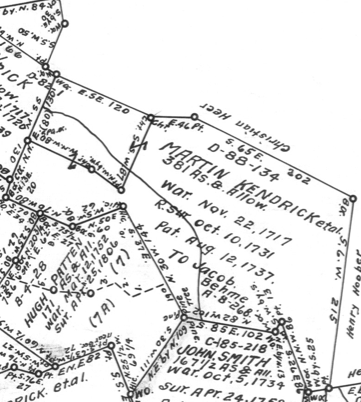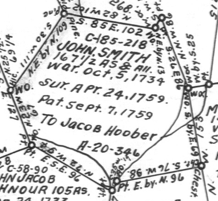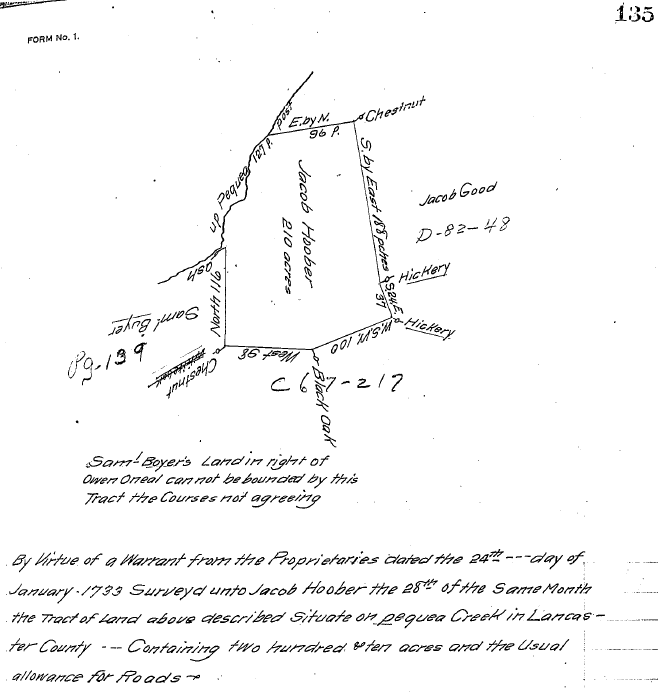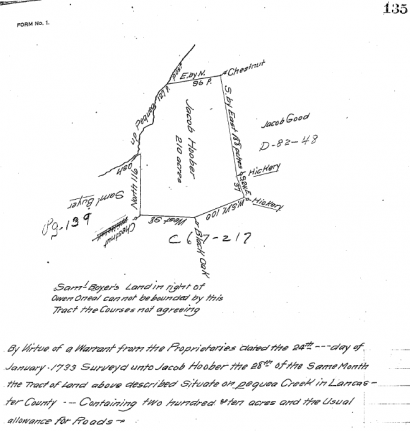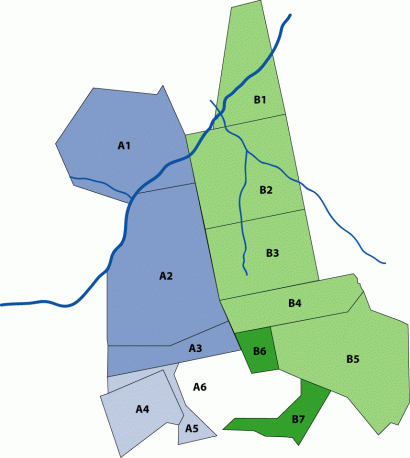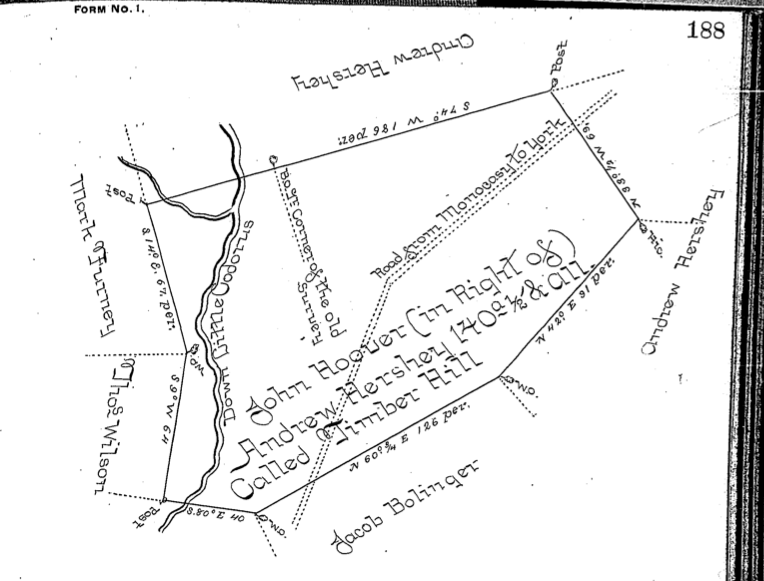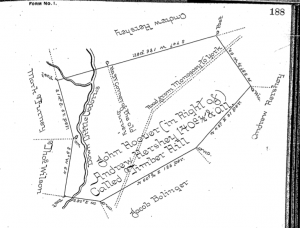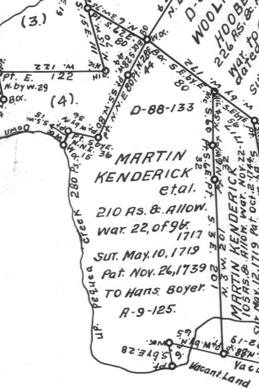In his will written on 9 January 1793, John Huber Sr. of Martic Township named his eight children: “Henry, Mary, Jacob, John, Christian, David, Ann & Christina.” He named his friend John Hoober and son Henry Hoober, both of Martic, as his executors.
David Huber of Upper Canada named Moses Byer of Bertie, Lincoln County, Upper Canada as his attorney to demand his inheritance from John Hoover of Martic Township, Lancaster County, Pennsylvania, executor of his father’s last will and testament. According to the deed, David Huber was a soldier in “his Majesty’s second Battalion of Royal Canadian Volunteers” at the time. The deed included a testimonial and signature of Alexander Stewart, a Notary Public at Niagara in the Province of Upper Canada.
Now, thanks to the Olive Tree Genealogy’s Searching Ontario Canada Land Records, eh?, I think I may have found record of David in Canada.
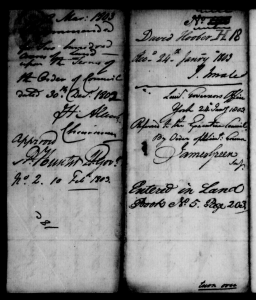
David Hoover’s 1803 Upper Canada Land Petition
On 22 January 1803, David Hoober of York, Upper Canada petitioned the Lieutenant Governor for 200 acres land. The petition included a note written by Capt. R. Ferguson, late of the 2nd Battalion, Royal Canadian Volunteers, certifying that David served “for three years and upwards” and that he was “an honest & Industrious man.” An Isaac Swayze also attested to David being of good family and ready to become a farmer.
The petition was apparently approved as David paid £5 sterling and £1 10s 6p to Peter Russell on 10 March 1803 for the patent and survey. According to the file, the transaction was recorded in Land Book No. 5, page 203.
David’s petition also provides additional information. He received 200 acres of land in Pelham Township on 16 July 1795, but sold it to Robert Hamilton in 1798 when he entered the Royal Canadian Volunteers. He served in his Majesty’s service until the “late Reduction in the Army” when he was discharged. And he had a wife and seven children at the time of the petition for an additional land grant (1803).
Based on his initial land grant of 1795 and the fact that he had seven children by 1803, I’m going to have to adjust my initial birth year estimate back a few years. My initial estimate was that he was born before 1780—aged 21 by 1801 when he assigned an attorney for the recovery of his inheritance from his father’s estate. Now, I’d estimate that he was born prior to 1771, likely even before 1768.
How did I get there? I’m estimating 1.5 to 2 years between the birth of each of his children, placing the birth of his first child between 1789 and 1792. If I assume—yes, I know the danger of assumptions, but we’re ballparking here!—that he was at least 21 at the birth, then he was born by 1771 at the latest, and quite likely earlier.
If the order John listed his children in his will is of importance—and it might be as Henry, one of his executors, is named first though he is not explicitly named as the eldest son—then David was most likely born before 1768. John’s daughter Ann married Abraham Gochenour. This couple is buried in Old Byerland cemetery and, I believe, her gravestone reads: “Hier Ruhet die Gebene von Anna Gochenauer begatten? von Abraham Gochenauer geboren den 16ten January 1768 and gestarben den 25sten Martz 1830, seines alter 62 jahre 2 monate und 9 tage.” Her age at death—62 years 2 months and 9 days—agrees with 16 January 1768 as a birth date. If David was the preceding child born, then he may have been born in early to mid 1766 (or earlier).
So, my next questions are: 1) Where were the 200 acres he was granted located? and 2) What were the names of his wife and children? I wonder what I can dig up… What do you think?

